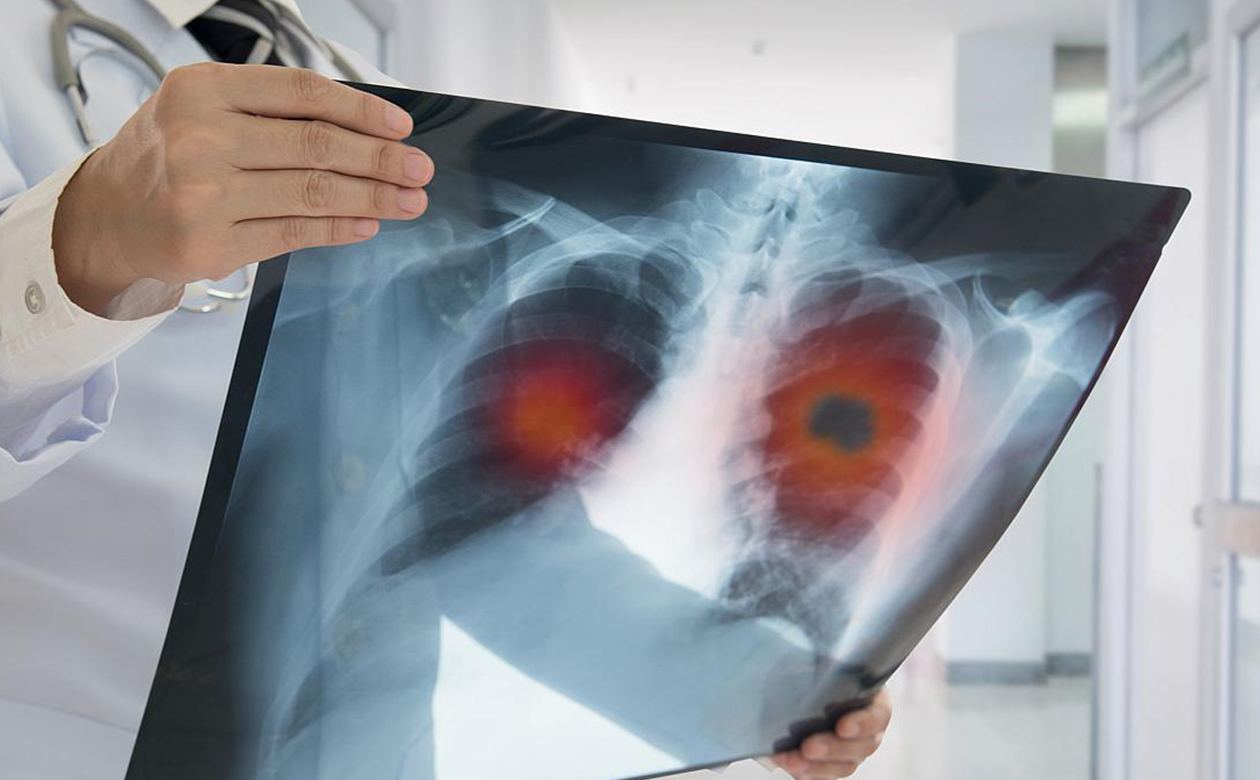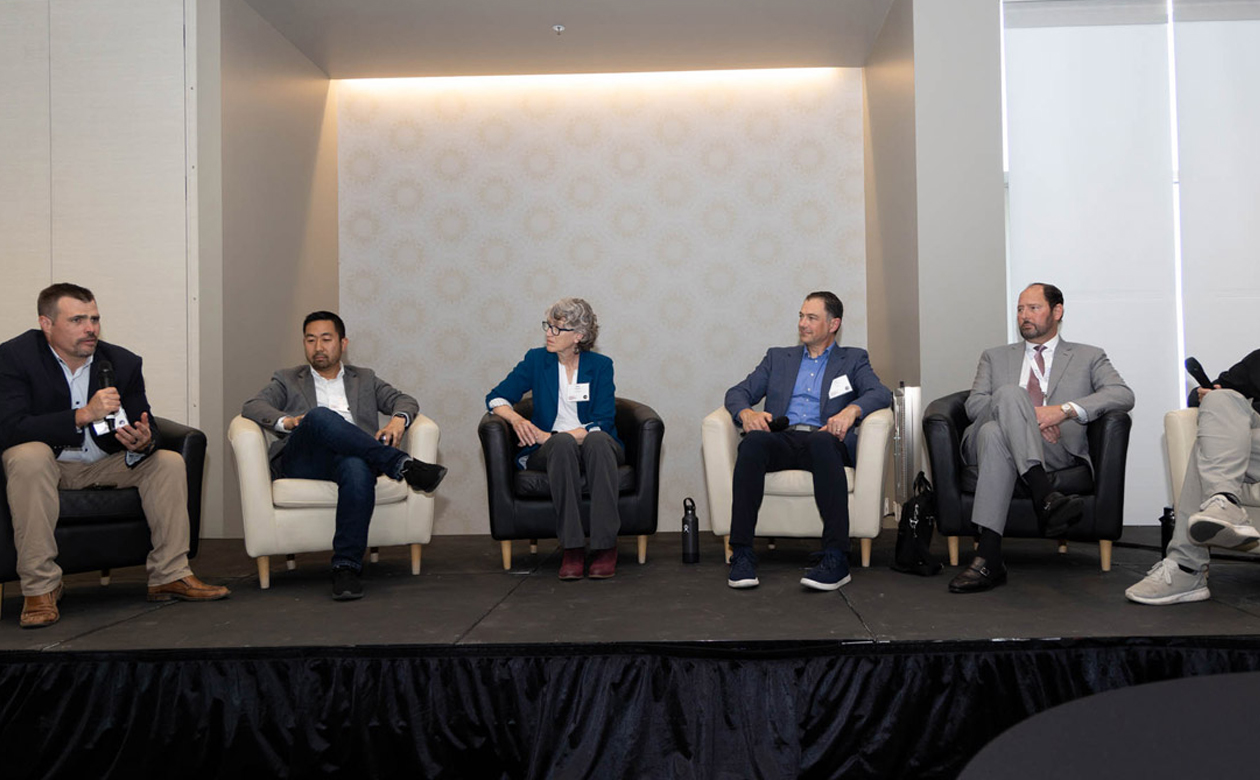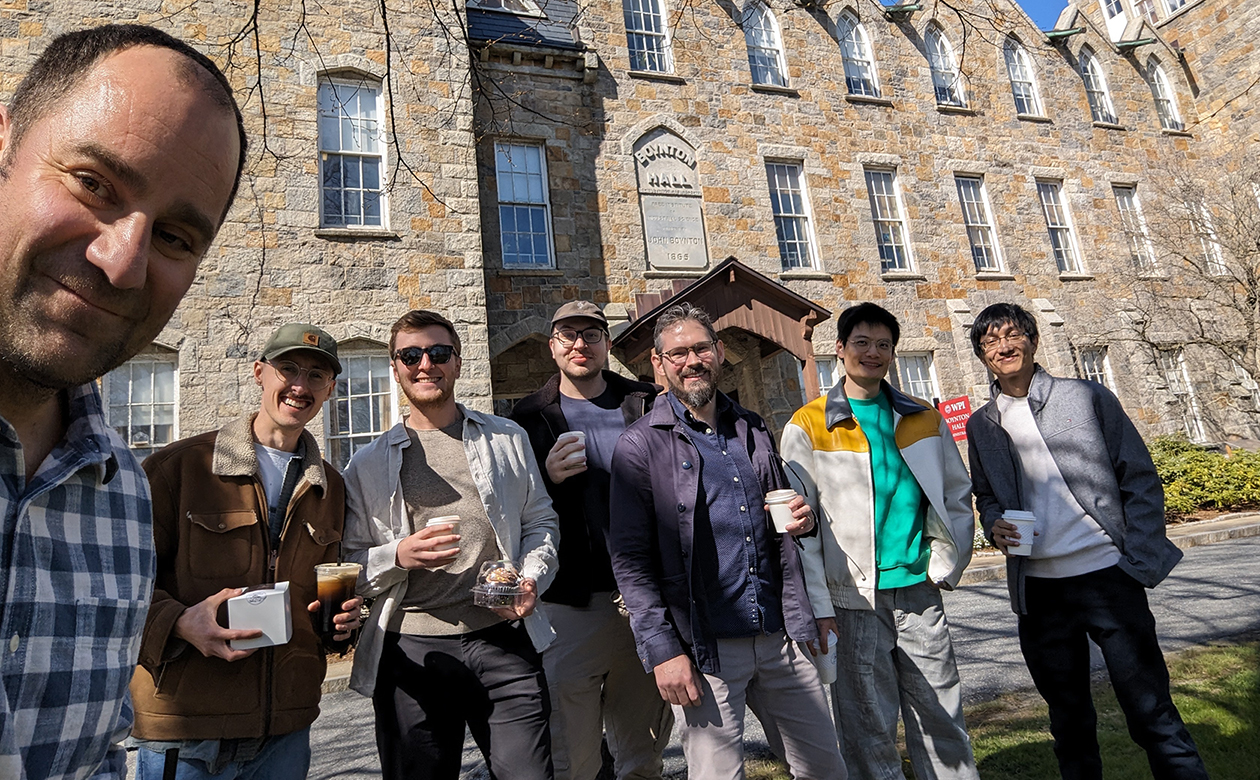U President Taylor Randall announced the $100 million initiative in October 2023. Since then, initiative director Manish Parashar and his team have been working with academics across campus to define specific use cases in three areas that play to university strengths: the environment, health care and wellness and teaching and learning. Reports from working groups will be done by the end of June, and summit insights will guide RAI leaders as they build public-private partnerships to accomplish their goals.

The U Collaborates with Tulane on up to $23 Million Cancer Moonshot Project to Build Advanced Tumor Imaging System
Even as cancer treatment options are multiplying and becoming more sophisticated, one relatively straightforward approach will always be in play: cutting the diseased tissue out of the body.
One persistent challenge with such cancer surgeries is preserving as much of the affected organ as possible while also ensuring all cancerous cells are removed. The so-called “margins” of a cancerous mass are hard to concretely define even when looking directly through a microscope, and are even more ambiguous in the kind of non-invasive scans patients undergo before surgery.

Mike Kirby named Assistant Vice President for Research Strategic Initiatives at the University of Utah
Kirby officially began his new role on July 1, 2024. He reports to Dr. Erin Rothwell, Vice President for Research.
As AVPRSI, Kirby will spearhead all Engineering Research Center (ERC) proposal submissions for the October 2024 deadline; co-lead the Aerospace Hub with the current team leader, Dr. Jake Hochhalter; and take point and shepherd the University Affiliated Research Center (UARC) submission; among other duties. In addition, Kirby will provide insight and writing support for strategic initiatives to elevate the University and its partnerships under the VPR.

Mendoza, Weiss receive $2.6 million grant to study biomechanics of lung tumors

Responsible AI Summit Sets Stage for Public-private Partnerships

NSF-Funded Team Launches reVISit—Pioneering Open-Source Software for Visualization Research
The Scientific Computing and Imaging (SCI) Institute today announced the launch of reVISit, a National Science Foundation–backed infrastructure project that empowers visualization researchers to create and maintain ownership of sophisticated user studies.

Martin Berzins Appointed Chair of the DOE ASCAC
Congratulations to Martin Berzins on being appointed Chair of the Department of Energy (DOE) Advanced Scientific Computing Advisory Committee (ASCAC).
ASCAC reports to the Director, DOE Office of Science provides advice and recommendations on scientific, technical, and programmatic issues relating to the Advanced Scientific Computing Research (ASCR) Program.

SCI Mourns the Passing of Alumnus, Colleague, and Friend Steve Parker

National Academy of Sciences Names Tamara Bidone a 2024 Kavli Fellow
Assistant Professor Tamara Bidone, Ph.D. has been named a 2024 National Academy of Sciences Kavli Fellow and was recently honored at the Kavli Frontiers of Science symposia on March 7-9th in Irvine, California.

Manish Parashar Wins the 2024 CRA Distinguished Service Award
By Matt Hazenbush, Director of Communications
The Computing Research Association (CRA) has selected Dr. Manish Parashar as the recipient of the 2024 CRA Distinguished Service Award in recognition of his multi-faceted and highly impactful service to the computing research community.
Parashar is the Director of the Scientific Computing and Imaging (SCI) Institute, Chair in Computational Science and Engineering, and Presidential Professor in the School of Computing at the University of Utah. He recently completed an Intergovernmental Personnel Act (IPA) assignment as the Office Director of the National Science Foundation (NSF) Office of Advanced Cyberinfrastructure.

